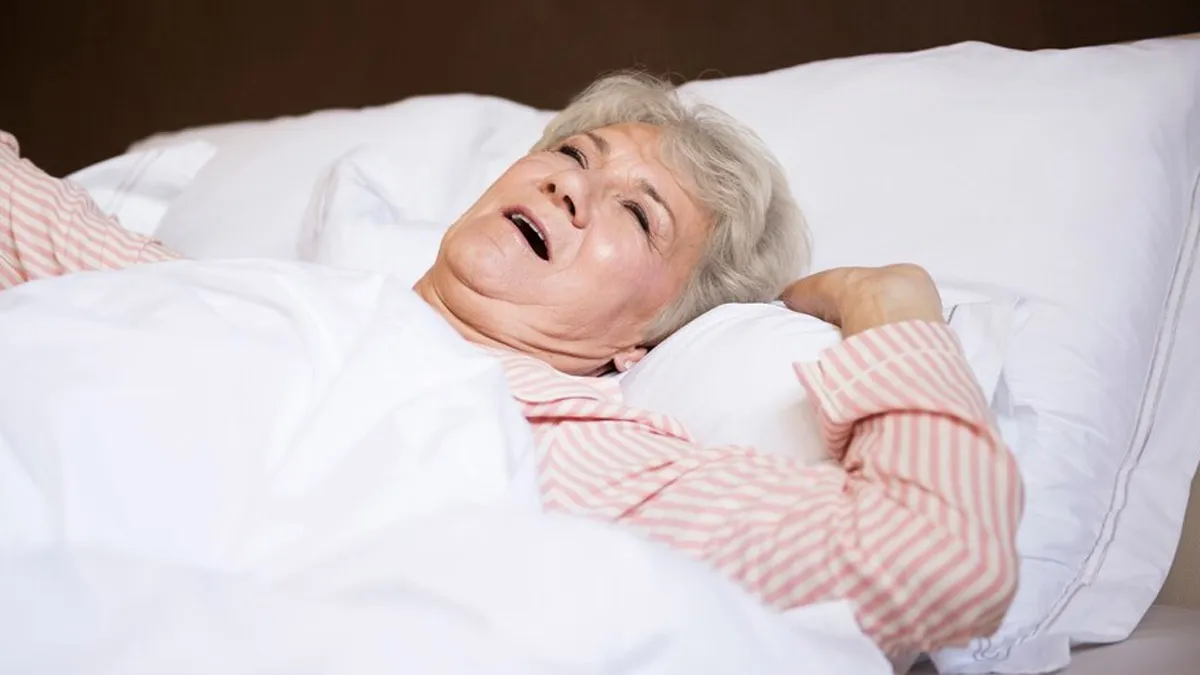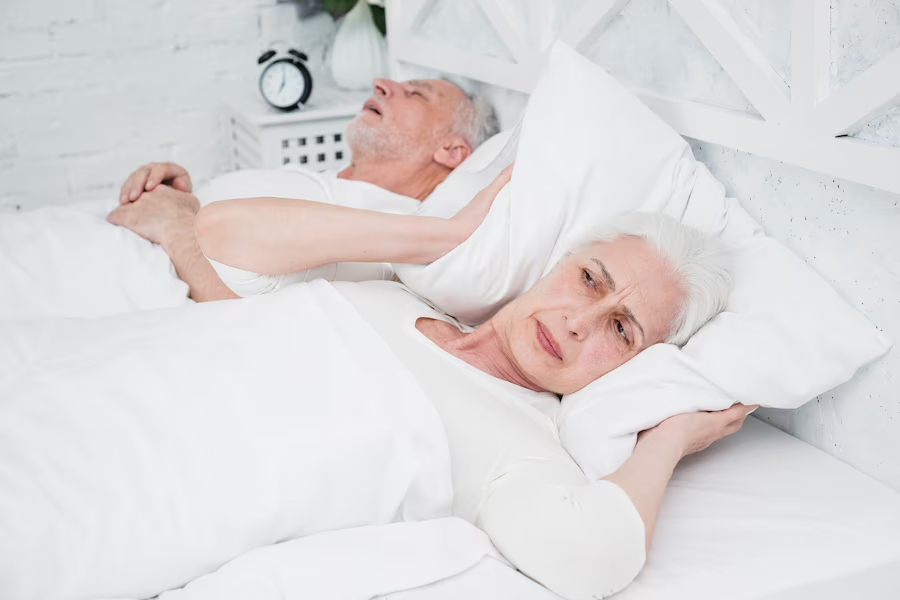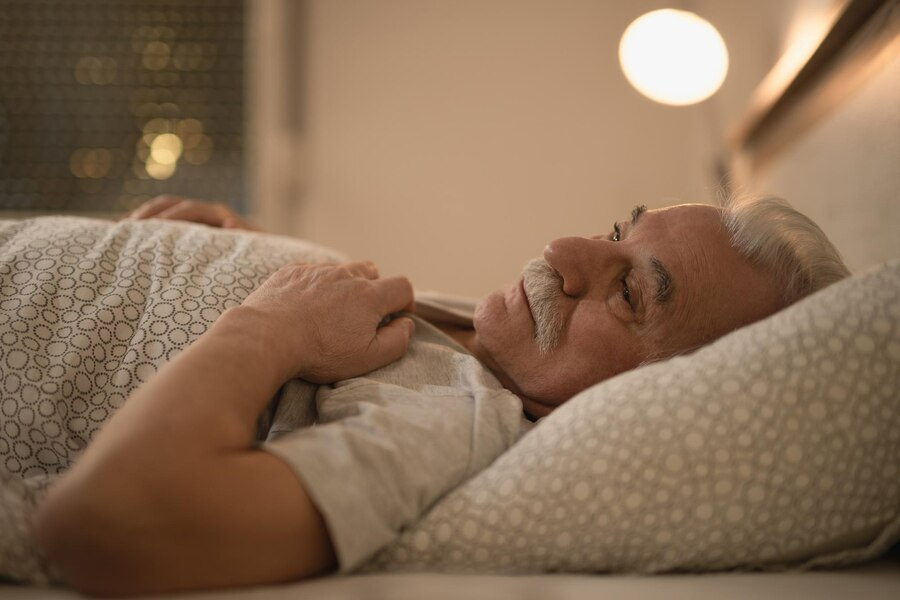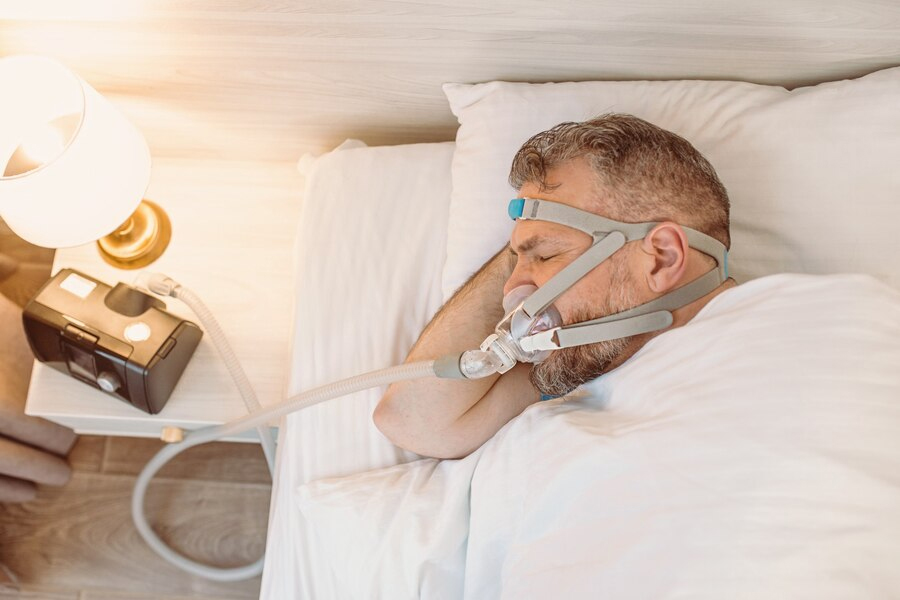
Sleep apnoea is a common condition that affects a lot of people worldwide. It occurs when the muscles in the throat relax too much, blocking the airway and interrupting breathing during sleep. This is also called Obstructive Sleep Apnoea (OSA).
Table of Content:-
OSA affects between 9% and 38% of the global adult population, according to a study published in the Sleep Medicine Reviews. The risk of OSA increases with age, and men are more likely to develop the condition than women. However, when it comes to older adults, sleep apnoea, or OSA, has a greater possibility of being overlooked or ignored. Dr Sivaresmi Unnithan, Senior Consultant - Pulmonology, Fortis Hospital, Kolkata, Anandapur, explains why and the importance of detecting the condition early.
Also Read: Alternative Uses Of CPAP Machines Beyond Sleep Apnoea Treatment
Why Sleep Apnoea Is Overlooked In Older Adults?

Sleep apnoea is relatively common among older adults, particularly those who are obese or have Chronic Obstructive Pulmonary Disease (COPD).
According to research published in the European Respiratory Journal, the prevalence of OSA in older adults varies widely, with studies showing rates ranging from 27-80%, depending on the population and study criteria. In sleep clinic settings, the prevalence can be even higher, researchers noted, adding that as obesity rates continue to rise, the number of older adults with OSA is expected to increase.
However, despite the prevalence among the elderly, the chances of sleep apnoea being ignored are significant. This is because, as people age, their sleep patterns and duration naturally decline, which is why many assume that daytime fatigue and drowsiness are simply due to insufficient sleep, Dr Unnithan explains to the OnlyMyHealth team. However, in many cases, these symptoms are caused by sleep apnoea during the limited time they do sleep, leading to underdiagnosis, he adds.
Common Signs Of Sleep Apnoea To Watch Out For

It is important that caregivers and healthcare providers watch for signs of sleep apnoea in older adults. These include excessive snoring that disrupts sleep, particularly when snoring stops momentarily when they stop breathing, followed by choking that wakes the individual briefly before they immediately return to sleep. This is known as choking episodes in sleep, says Dr Unnithan.
Other symptoms include waking up feeling unrefreshed, experiencing morning headaches, excessive daytime drowsiness, and a tendency to fall asleep quickly when sitting idle for even a few minutes.
Also Read: Sleep Aponea And ENT: Expert Shares Comprehensive Guide To Diagnosis And Treatment Options
How Untreated Sleep Apnoea Affects People’s Health
Untreated sleep apnoea can significantly affect the overall health and quality of life in older adults. It is associated with several comorbidities, including uncontrolled hypertension, poorly managed diabetes, and heart diseases. In some cases, it can also lead to strokes, including cerebral strokes, further complicating their health.
Research suggests that 24% of men and 9% of women in the United States have mild to severe OSAS, with 4% of women and 9% of men having moderate to severe cases.
In populations with Coronary Artery Disease (CAD) or diabetes, the prevalence is even higher, 55% and 37%, respectively, as reported in a study published in the World Journal of Otorhinolaryngology-Head and Neck Surgery. Researchers further highlight that OSAS leads to increased heart rate, blood pressure, and arterial stiffness, causing strain on the heart and circulatory system. Furthermore, untreated OSAS increases the risk of complications during surgery, including arrhythmias and cardiac arrest. This is why early diagnosis and treatment, such as CPAP, can significantly reduce these health risks and improve overall patient outcomes.
Treatment Options

The most effective and immediate treatment for sleep apnoea in older adults is positive airway pressure therapy, delivered through CPAP or BiPAP devices, says Dr Unnithan, adding that the pressure settings can be customised based on the results of a sleep study.
Once treated with CPAP or BiPAP, patients often experience improved sleep quality, better breathing, and wake up feeling more refreshed. This improvement can motivate them to engage in regular exercise and participate in a weight reduction program. As their weight approaches a normal BMI, a follow-up sleep study can determine if they can discontinue CPAP or BiPAP therapy.
Caring For Older Adults With Sleep Apnoea
For family members and caregivers, supporting older adults with medical conditions like sleep apnoea can be challenging. However, they can show support by being aware of the signs and symptoms of sleep apnoea and understanding that effective treatments are available.
"Once they recognise the challenges their older relatives are facing, they can help by facilitating a diagnosis—encouraging them to visit a pulmonologist, undergo a sleep study, and confirm the condition. After a diagnosis, family members can provide ongoing support by encouraging adherence to the prescribed treatment plan as recommended by the pulmonologist," Dr Unnithan shares.
Also watch this video
How we keep this article up to date:
We work with experts and keep a close eye on the latest in health and wellness. Whenever there is a new research or helpful information, we update our articles with accurate and useful advice.
Current Version